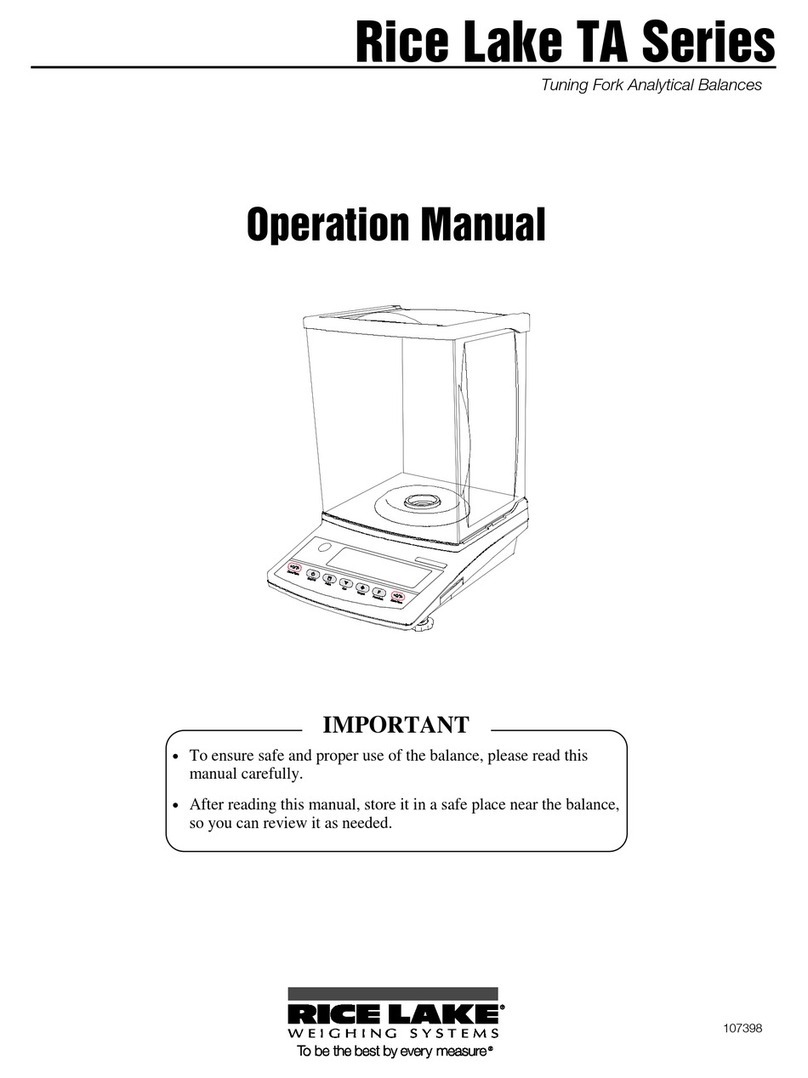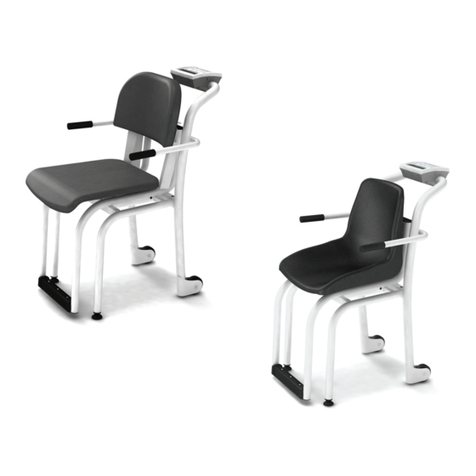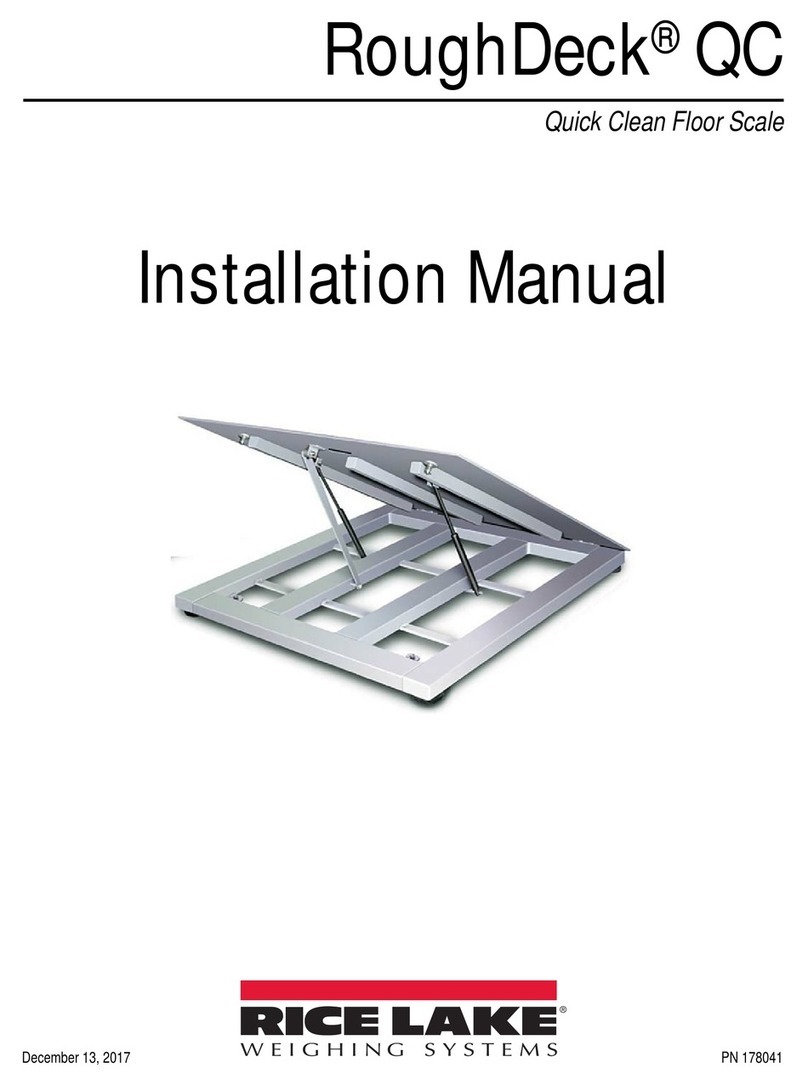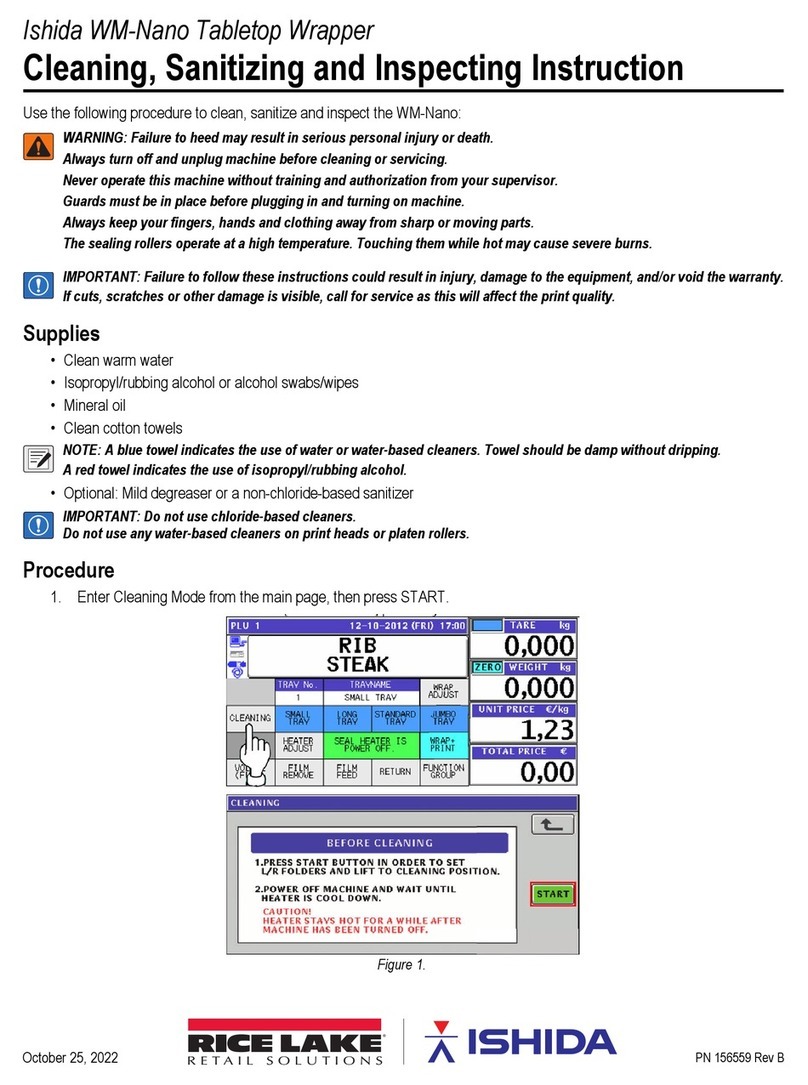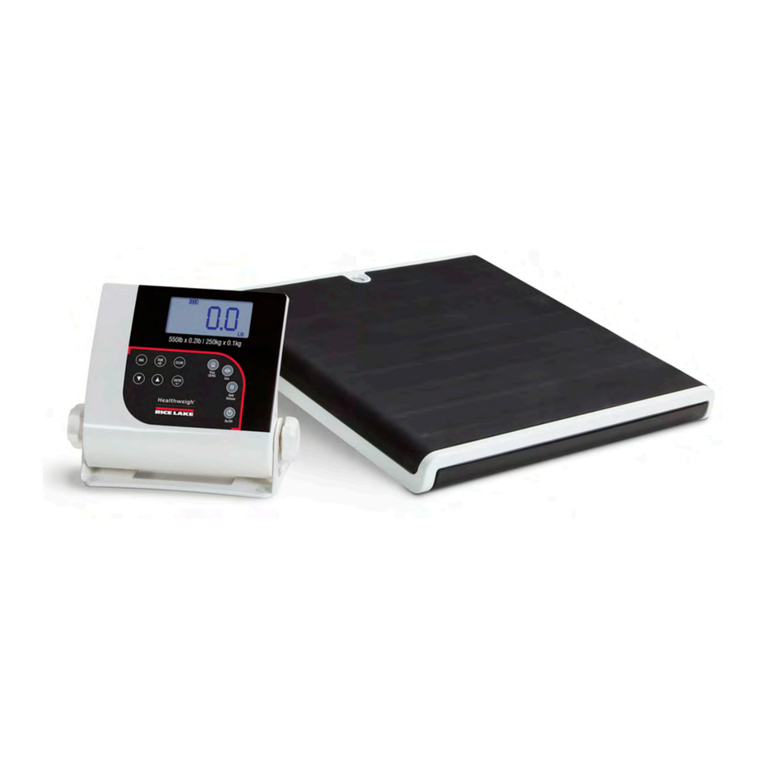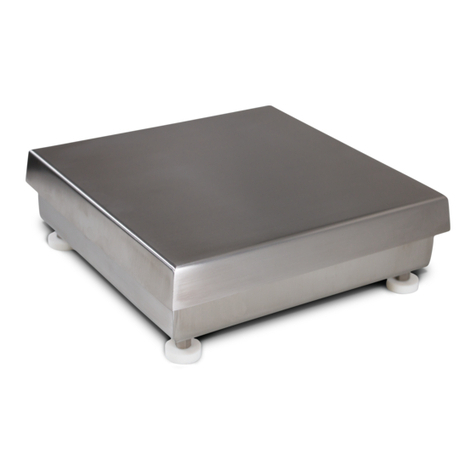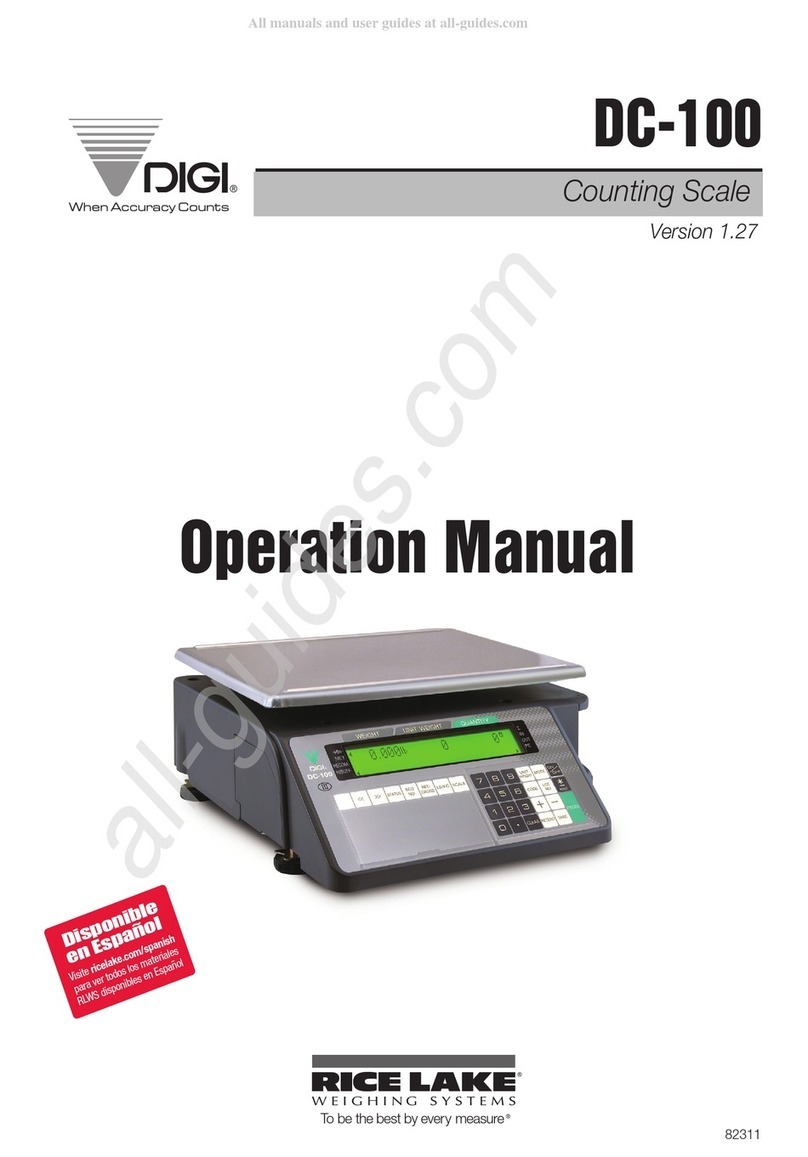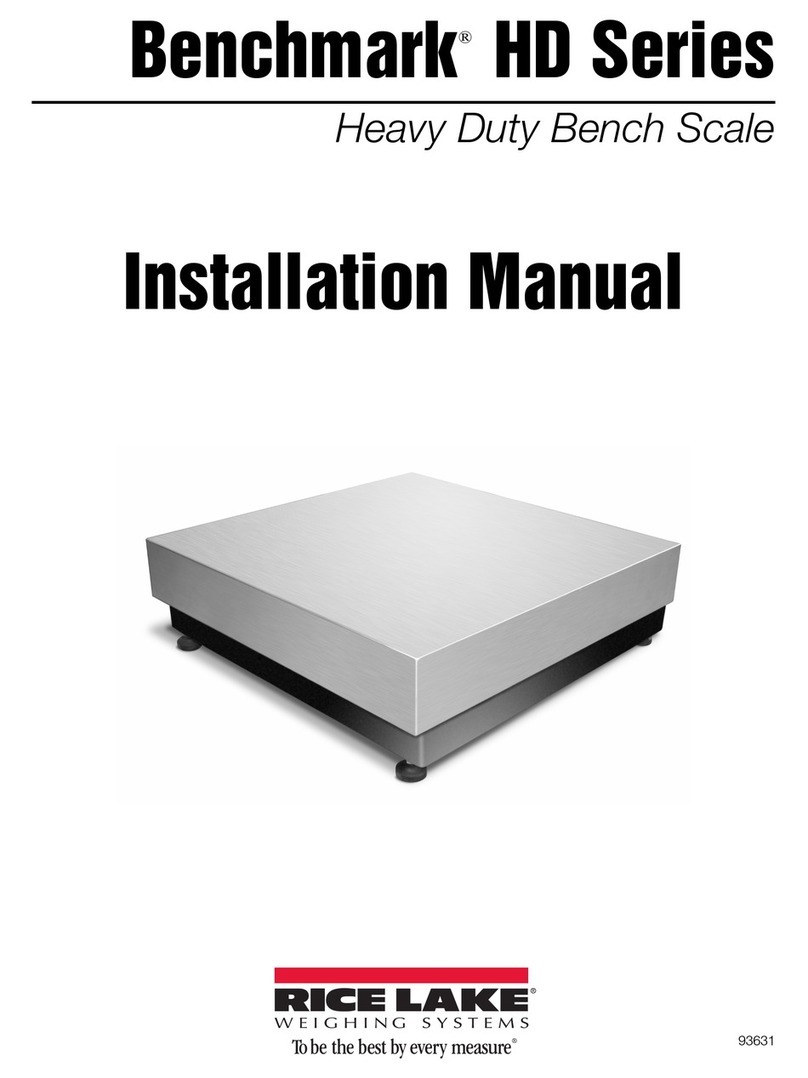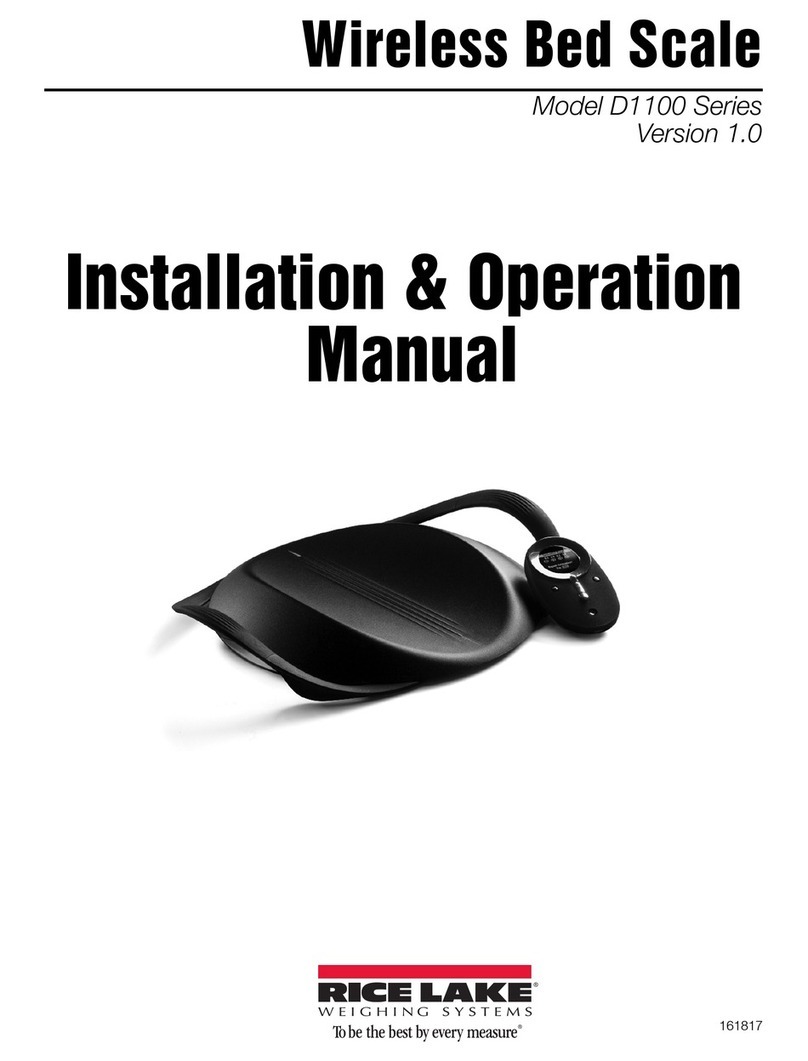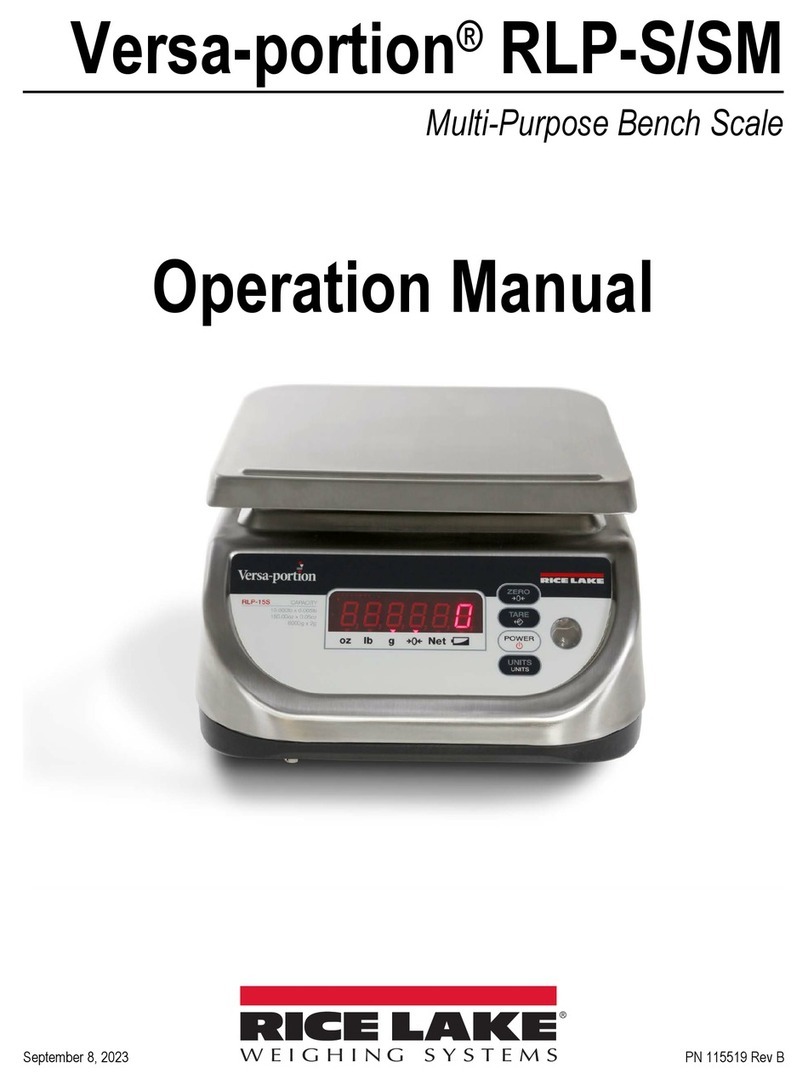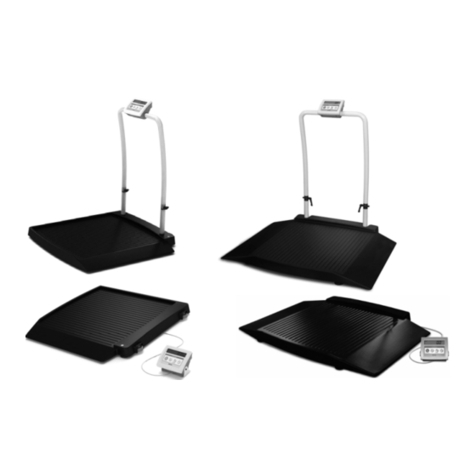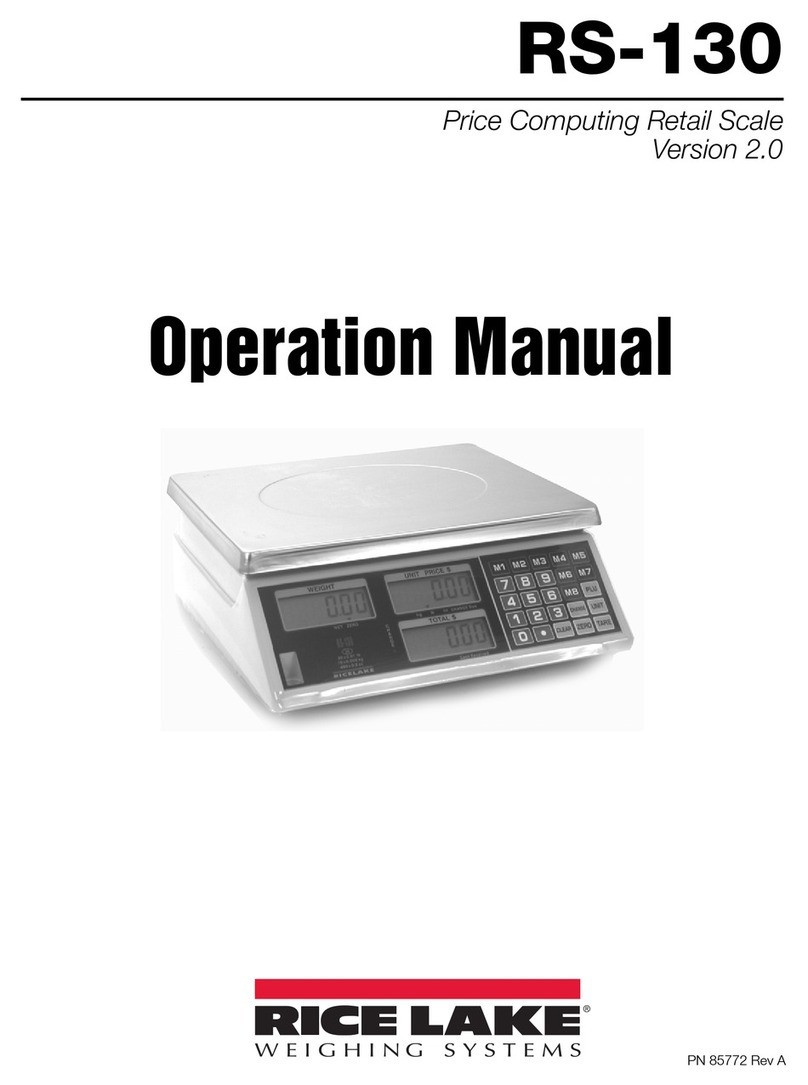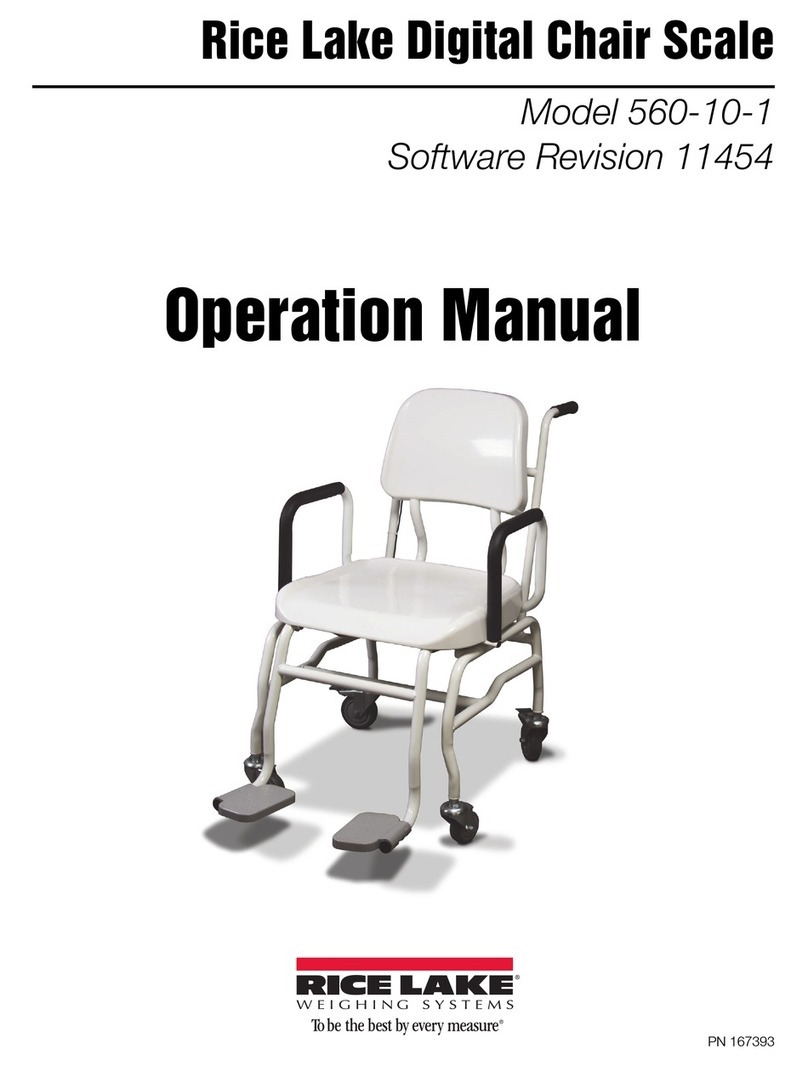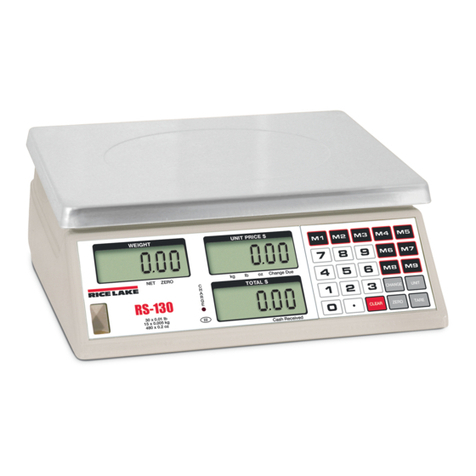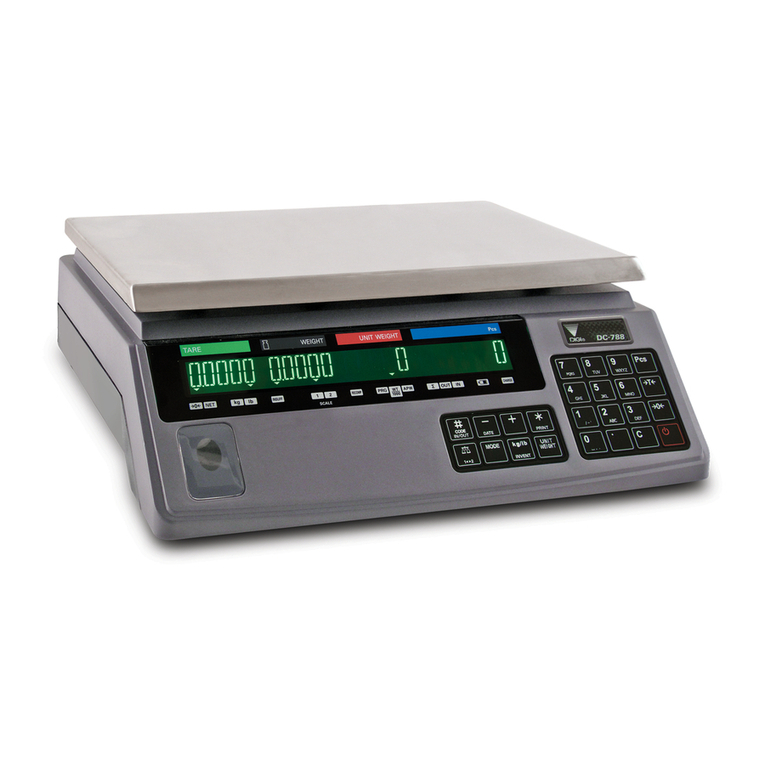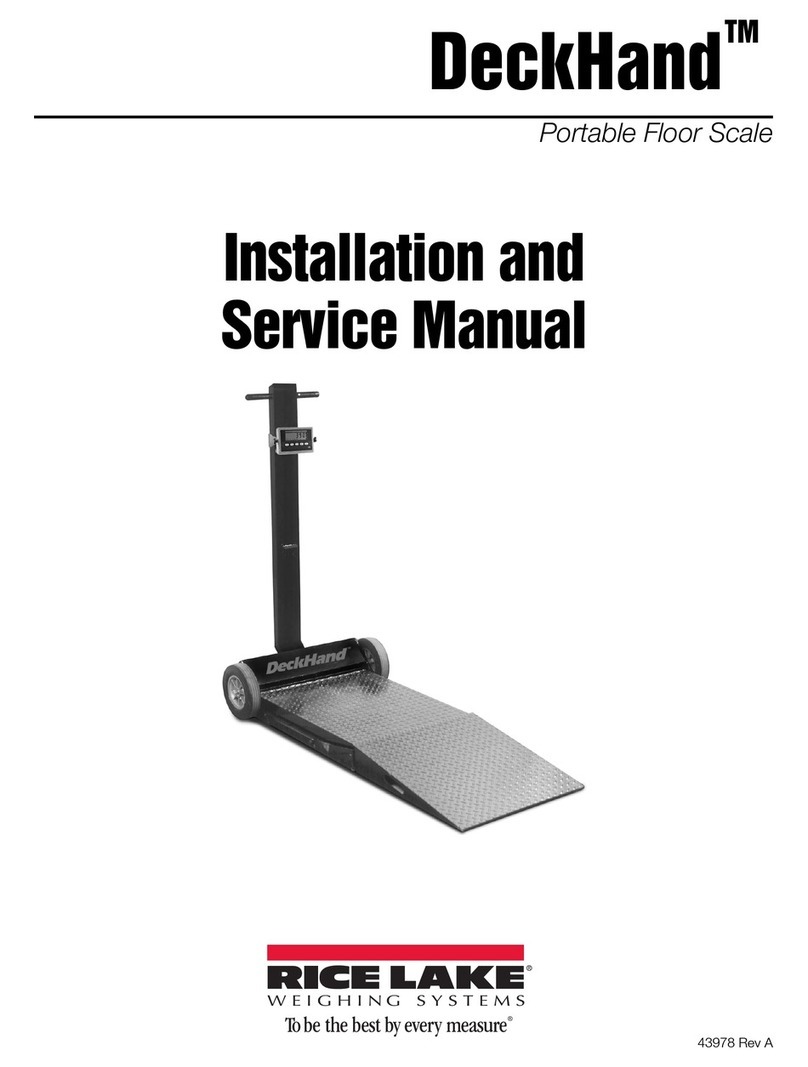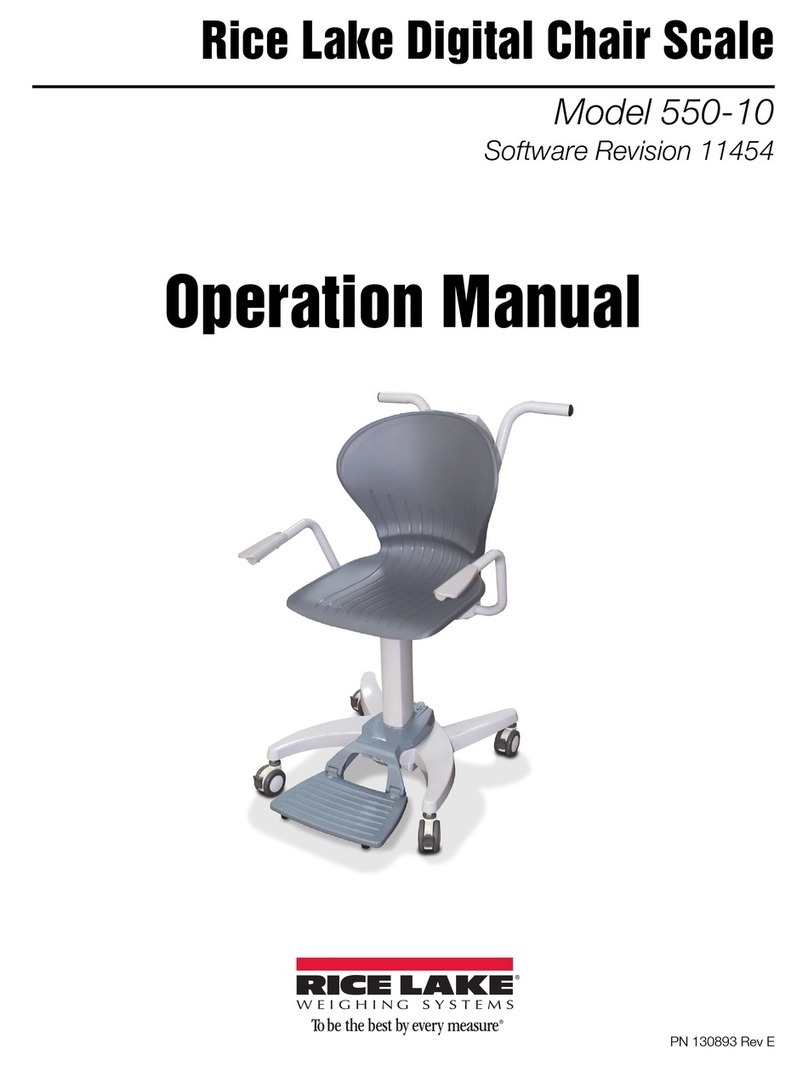
6Survivor® PT Pit-Type Truck Scale Assembly Instructions
3.0 Load Cell Mount Installation
Load cell mounts, complete with load cells and
conduit adapters, have been assembled at the factory
to save on-site installation time. Load cell mount
installation consists of sliding the complete unit into
place beneath the deck, raising the mount with the
leveling screws to the deck, and connecting the
grounding strap.
When installing load cell mounts, start at one corner
of the module assembly and install the remaining load
cell mounts on that side. Likewise, when the load cell
mounts are installed on the other side, start with the
corner of the module assembly.
The lower mounts assemblies come complete with
load cells installed, so complete any necessary
welding on the scale before installing mounts.
NOTE: Remove load cell mount from packing box and file
printed load cell Certification of Conformance (CC) in a safe
place for future reference.
3.1 Attach Upper Mount Chair
1. Attach the upper chair to the bottom of the
module assembly by using four 3/4" bolts
with washers making sure that the 1/4" hole
for ground strap installation is toward the
center of the scale module.
Figure 3-1. Upper chair bolts installed.
2. Torque upper chair bolts to 260 ft-lb.
3.2 Prepare Baseplate and Mount
Installation
1. Turn the four levelling screws through the
baseplate so approximately 1/2" extends
beyond the bottom surface.
2. Each load cell mount comes equipped with a
90-degree threaded LB conduit adapter.
Orient the adapter so that the cable will point
toward the inside of the scale when mounted.
NOTE: Each mount must be oriented so the cable exit from
the load cell is facing the interior of the module to which it will
be attached. The correct orientation will place the flexible
conduit section on the load cell near the rigid conduit attached
to the weighbridge.
3. If a load cell must be reversed to achieve
correct orientation, remove a load cell and
reverse its direction in the field. When
retightening load cell bolts, torque to 70 to 80
ft-lb. The 90 degree fitting on the flexible
conduit attached to a load cell can rotate 180
degrees to allow for correct conduit
placement.
4. Set the mount assembly on the concrete pier
directly in front of its final position. Carefully
slide the mount into position under the upper
chair.
3.3 Raise Mount into Final Position
1. Turn the leveling screws to raise the mount
until the link is centered in the chair bearing
and lightly touching.
2. Level the plate in both directions.
3. When the baseplate is directly under the chair,
the link will be hanging vertical when
centered in the chair (see figure on left).
Approximately 1/4" of the link should
protrude (see figure below) beyond each side
of the chair.
Figure 3-2. Final mount position.
4. If adjustment is necessary, tap baseplate edges
lightly with a hammer to slide the entire
mount sideways.
Figure 3-3. Load Cell Mount Parts.
UPPER CHAIR
LINK
1/4" PROTRUSION
LOAD CELL
LEVELING SCREW
BASEPLATE
1/2"
